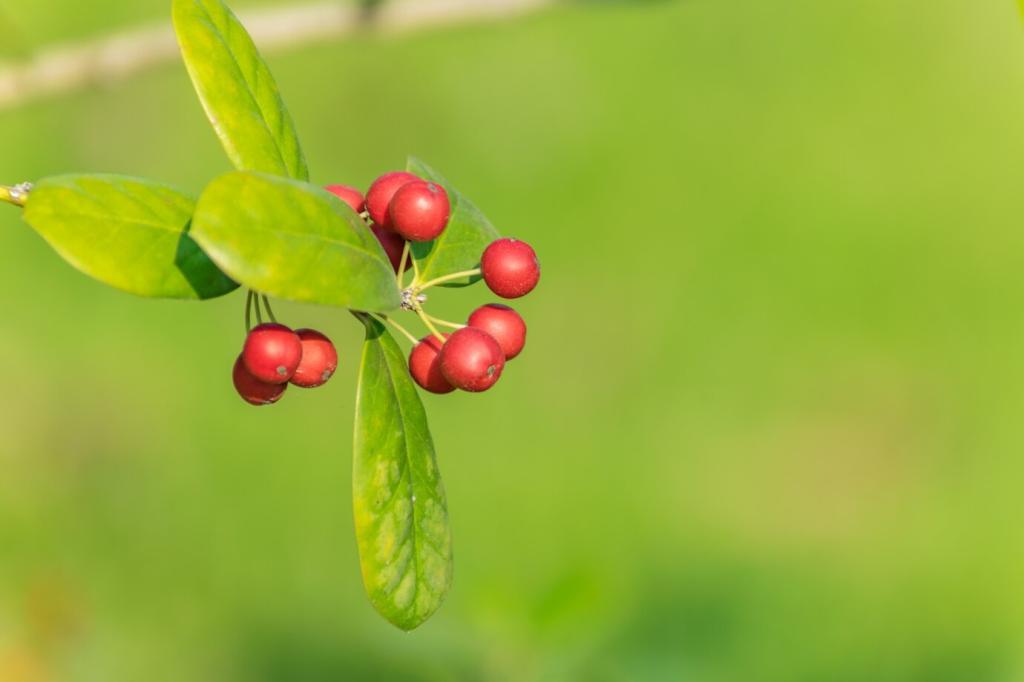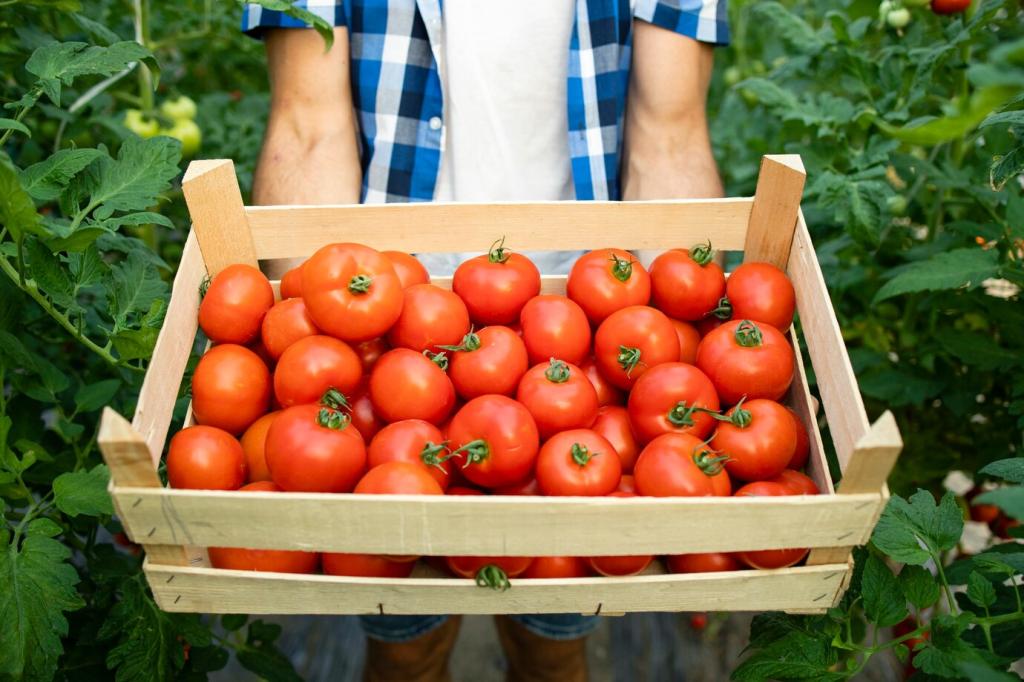Designing a Multi‑Year Rotation Calendar
Year 1: Corn with high‑biomass cover post‑harvest. Year 2: Soybean to capitalize on N carryover. Year 3: Winter wheat undersown with clover, then a diverse summer cover. Repeat, adapt, and track yields by field to refine.
Designing a Multi‑Year Rotation Calendar
Sequence crops so residue from one supports the next. Terminate covers early for corn to avoid cool, wet soils, but keep more residue ahead of soybeans. Schedule operations with buffer days to dodge weather surprises gracefully.







